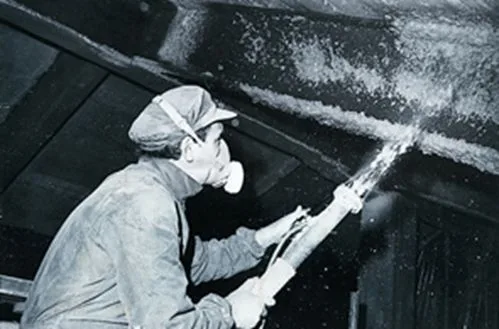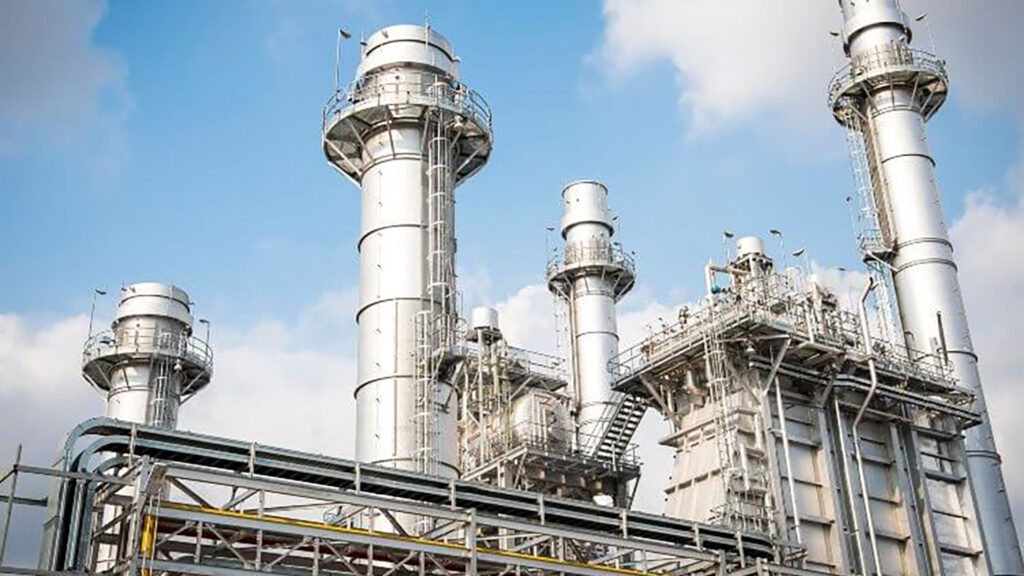There are over 18 million elevators in operation worldwide, and each requires a dedicated worker to build, maintain, refurbish, and, in some cases, demolish it. Until the 1980s, asbestos was a common substance in thousands of products because it is incredibly flexible, has excellent tensile strength, and is resistant to fire, corrosion, and chemicals. It was especially useful in numerous elevator components because it is resistant to heat generated by friction and electricity.

There are over 18 million elevators in operation worldwide, and each requires a dedicated worker to build, maintain, refurbish, and, in some cases, demolish it. Until the 1980s, asbestos was a common substance in thousands of products because it is incredibly flexible, has excellent tensile strength, and is resistant to fire, corrosion, and chemicals. It was especially useful in numerous elevator components because it is resistant to heat generated by friction and electricity.
Asbestos-containing materials are divided into friable and non-friable. Friable materials can easily crumble into dust, releasing asbestos fibers into the air. Non-friable materials are often bound with a binding agent such as vinyl, cement, or asphalt. Materials made with non-friable materials release fibers into the air during cutting, drilling, grinding, or sanding.
While many companies have stopped using asbestos, that doesn’t mean the risk of exposure has been eliminated. Workers today may be exposed to asbestos-containing materials when working in older buildings. The destruction, demolition, or even disturbance of these materials can cause asbestos fibers to be released into the air.
The inhalation and constant exposure to asbestos can lead to mesothelioma, lung cancer, and other fatal diseases. Diagnosis doesn’t happen until decades later, making it critical to recognize the warning signs and prevent future generations from exposure.
How Elevator Workers Were Exposed to Asbestos
At its peak, asbestos was present in over 3,000 products. Workers of all trades were the ones exposed the most often and are now paying the price.
Elevator workers, mechanics, and part manufacturers encountered asbestos in a variety of components used in the construction of elevators.
Components include:
| COMPONENT | ASBESTOS EXPOSURE |
| Elevator brake pads | Brake pads are used to assist with brakes and stop. It is well-documented that many brake pads contained high levels of asbestos. The constant grinding action caused asbestos fibers to be released into the air, so workers were exposed during maintenance and demolition. |
| Switches | Brake pads are used to assist with brakes and stop. It is well-documented that many brake pads contained high levels of asbestos. The constant grinding action caused asbestos fibers to be released into the air, so workers were exposed during maintenance and demolition. |
| Control panels | Asbestos was often used in many components such as wiring, insulation, resistor banks, or cement board – all materials used to build control panels. |
| Electrical wiring insulation | Electrical wiring was fireproofed and insulated using asbestos. As wires frayed, they could easily release fibers into the air. Some wires were also wrapped in asbestos paper or cloth. |
| Elevator shafts | Many switches were lined with asbestos paper and then encased in a metal housing. Exposure occurred during installation and maintenance as paper degraded and crumbled over time. |
| Resistor banks | These components were housed inside the control panel, so the risk of handling asbestos increased as they were installed and assembled. |
| Cement board | Cement board was used inside the control panel and other equipment as fire-retardant backing. Various components were attached to the boards so exposure occurred during the cutting and assembly. |
| Spray-on fireproofing material | Spray-on fireproofing materials are friable, which means it crumbles easily. As the asbestos-filled spray-on fireproofing ages, it becomes even looser and more dangerous as the slightest disturbance can cause millions of fibers to be released into the air. |
| Elevator entrance doors | Certain manufacturers installed asbestos between elevator doors. During installation and demolition, the asbestos can be disrupted, risking exposure to those workers in close vicinity. |
What Next?
Components installed before the 1980s most likely contain asbestos. Because workers today are aware of and prepared for the risk of exposure, they can take the proper precautions. Hindsight does not help those exposed decades ago.
Asbestos has been banned in 55 countries, but the U.S. still falls short. The EPA passed the 1989 Partial Ban on manufacturing, importing, processing, and distributing some asbestos-containing products. This also prevented new asbestos products from entering the U.S. market after August 25, 1989. Since then, they have passed multiple additions to the Act, the most recent being the 2022 ban on the ongoing use of asbestos. There is currently a call to ban asbestos globally, a fight we fully support.
Elevator workers are not the only workers at risk, see the other occupations that may have been exposed to asbestos.
Vogelzang Law is Here to Help
If you have been diagnosed with mesothelioma or lung cancer due to asbestos exposure, our team of experienced litigators are standing by. We hope you never have to call us, but if you do, know you have a relentless team of fighters in front of you, protecting you from the storm and offering safe harbor.
Contact us for your free consultation – we’re here if you need us.



